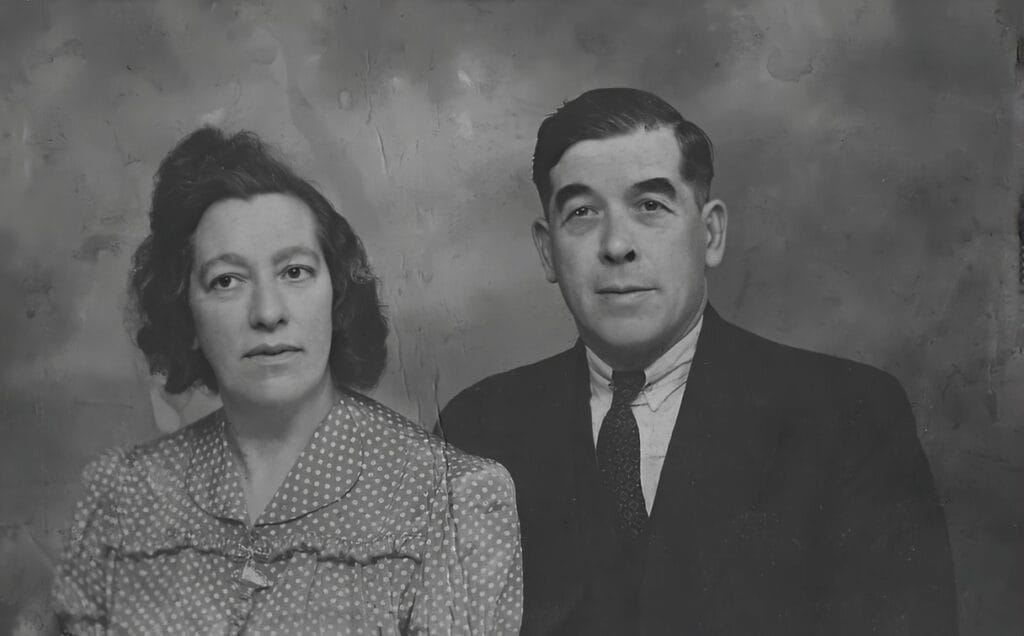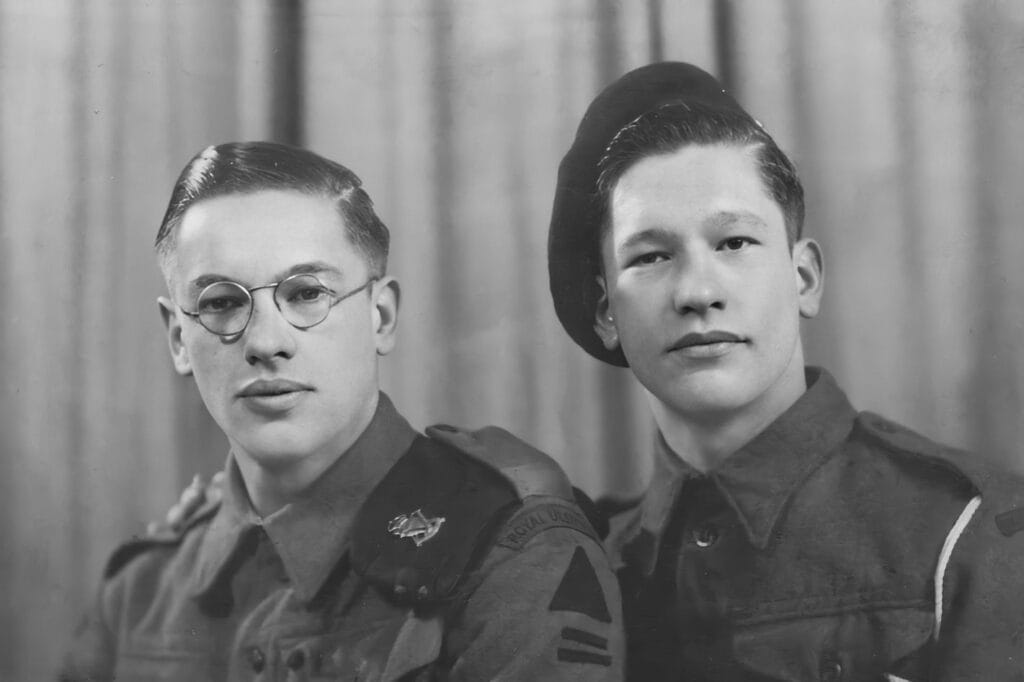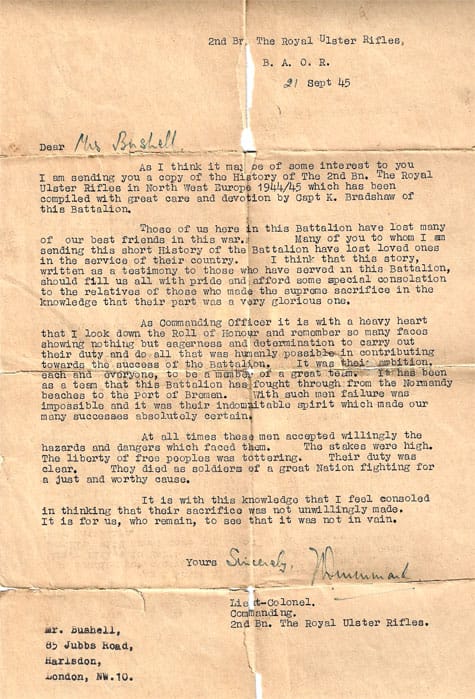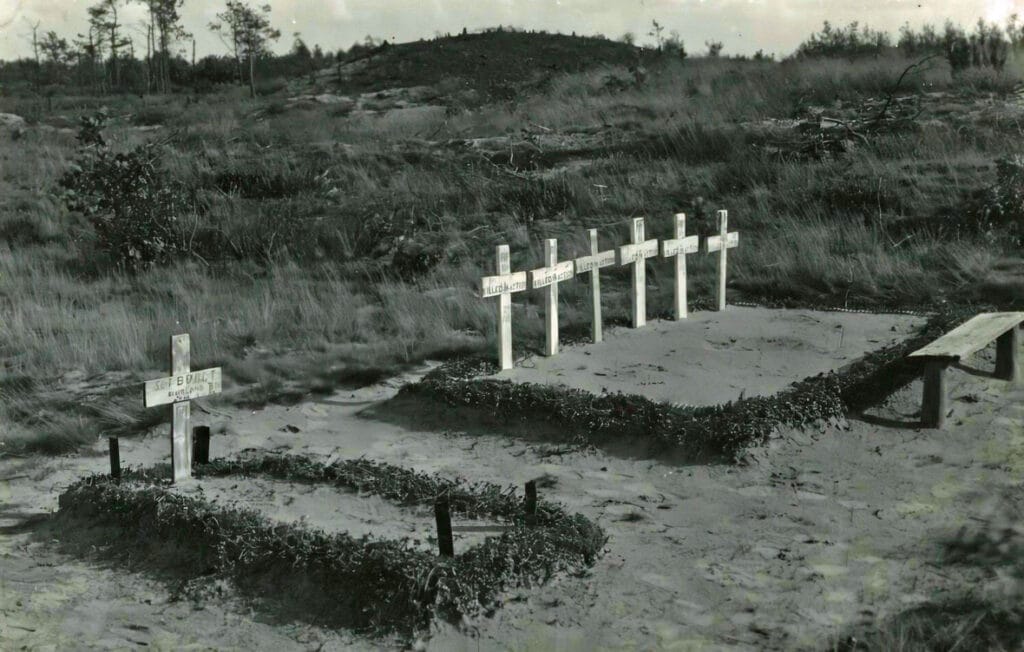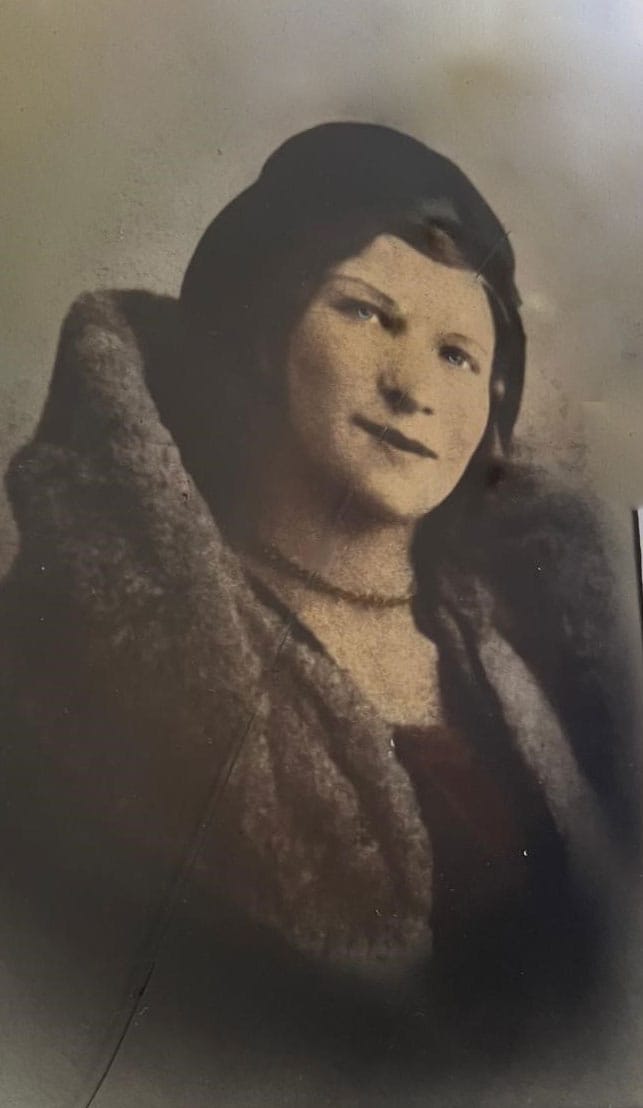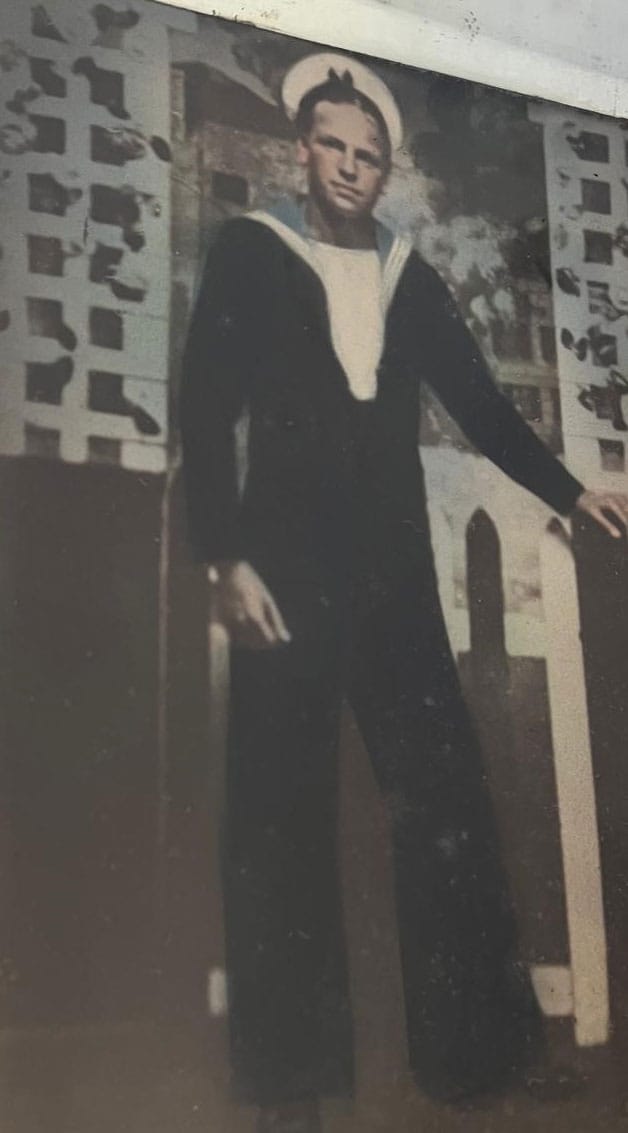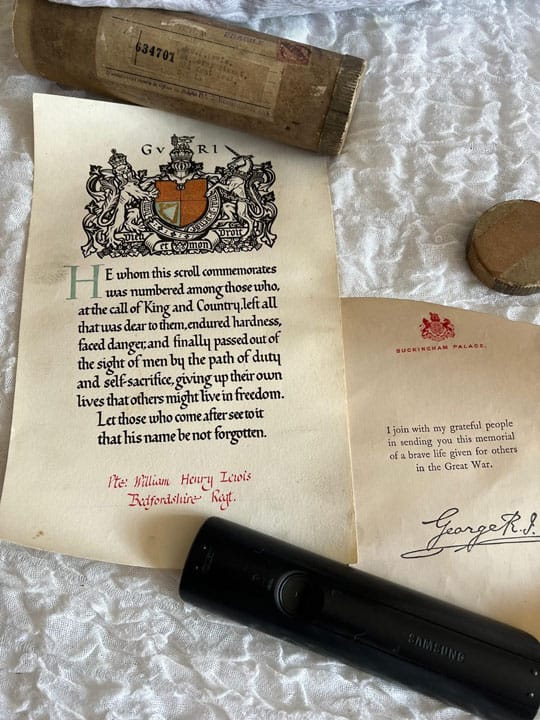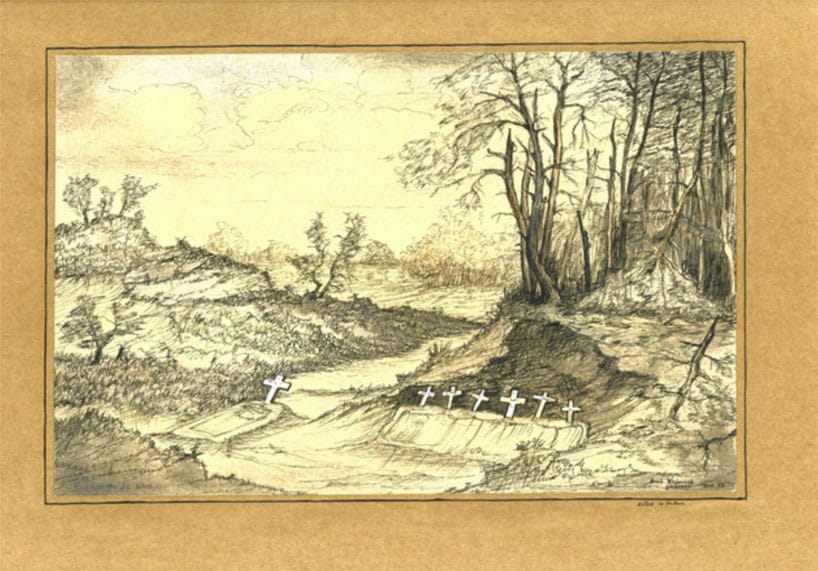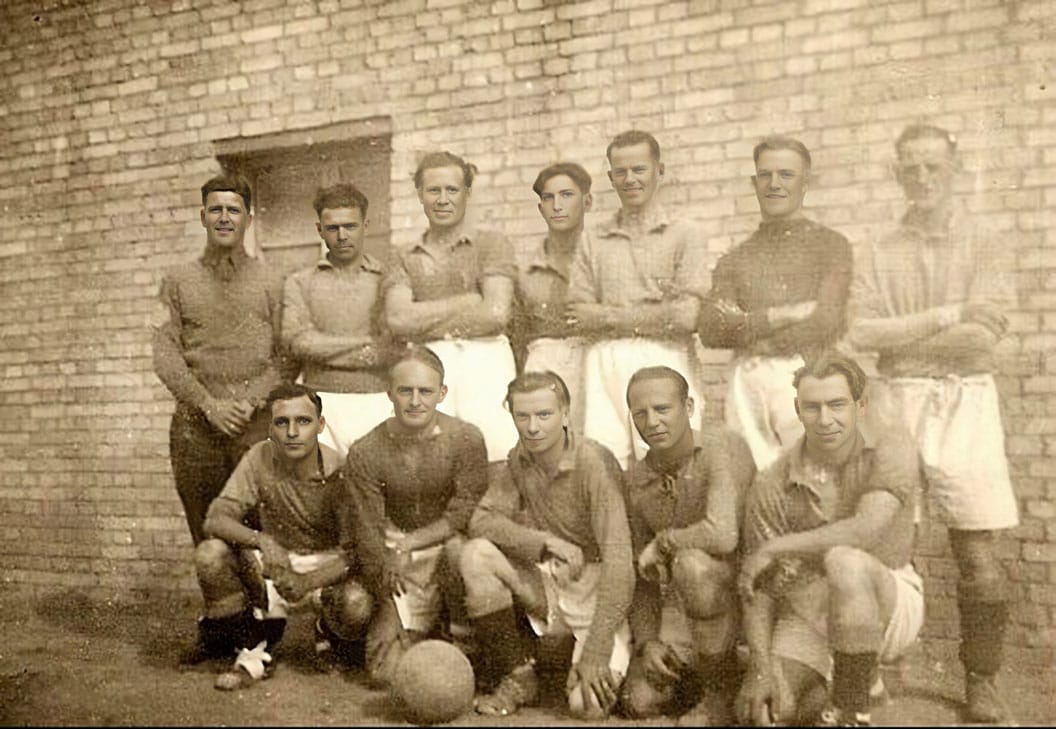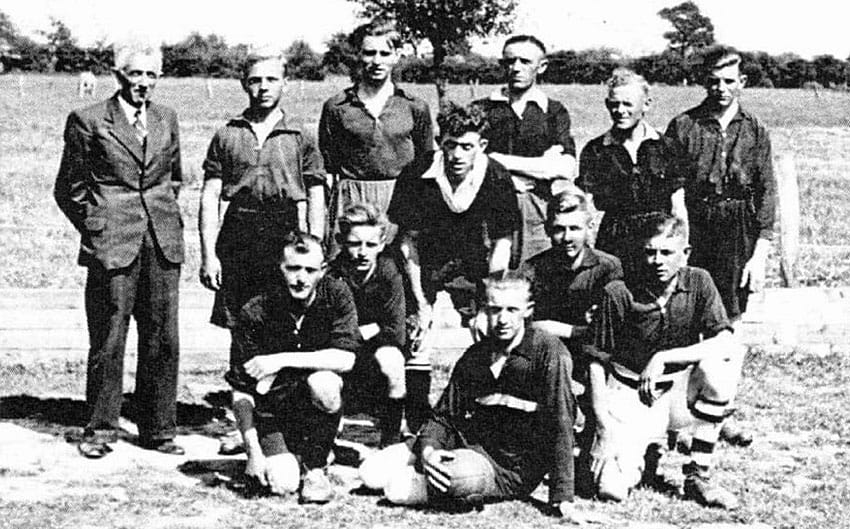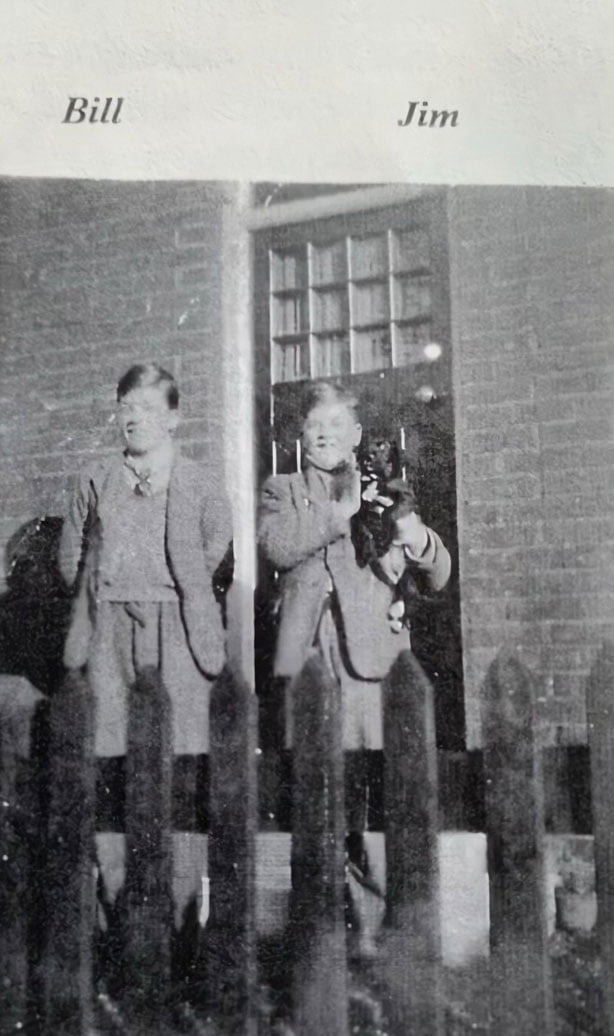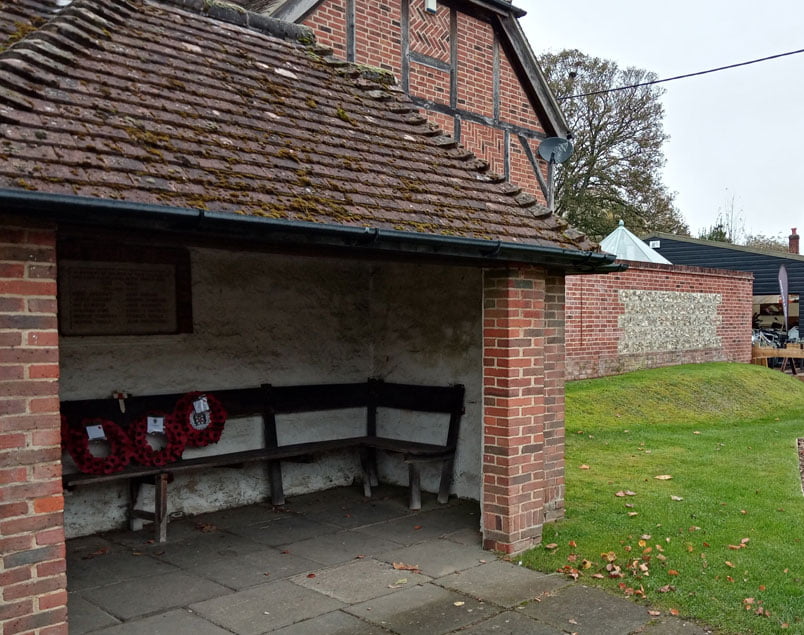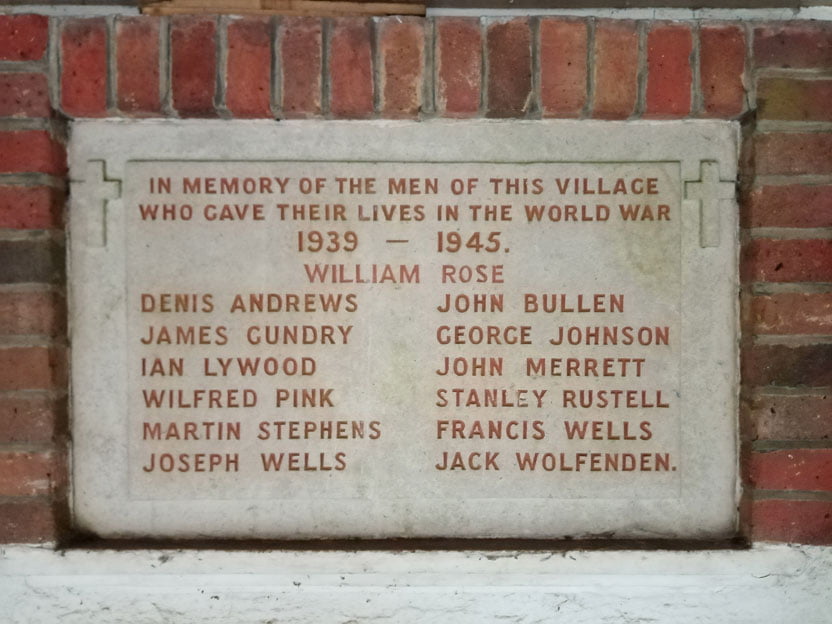Packer William
Packer | William Rheuben
First names
William Rheuben
Age
29
Date of birth
19-02-1915
Date of death
29-09-1944
Service number
14711407
Rank
Private
Regiment
Monmouthshire Regiment,3rd Bn.
Grave number
I. D. 9.

Grave Rheuben Packer
Grave Rheuben Packer
Biography
William Rheuben Packer (Service No. 14711407) was killed in action on 29 September 1944 near Oploo. He was aged 29 and a Private in the 3rd Battalion of the Monmouthshire Regiment. He was initially buried on the premises of G. Kruijsen, B 153 Oploo and re-interred on 18 July 1946 in Grave I. D. 9 at the CWGC Cemetery in Overloon.
No photo of William Rheuben Packer has yet been found. Should anyone reading this have a photo of him or further information regarding him – or if they are aware of any errors in his biography below can they please contact the Foundation?
Military Career
The 3rd Battalion of the Monmouthshire Regiment was mobilised in September 1939 as part of the 159th Infantry Brigade and trained in Northern Ireland and England. In May 1942 the battalion, together with the rest of the 159th Brigade, were transferred to the 11th Armoured Division and trained for another two years before, on 14 June 1944, the battalion landed in Normandy, just eight days after D-Day. They spent several weeks attempting to break out of the bridgehead in the vicinity of Caen as part of Operation Goodwood and Operation Bluecoat. On 5 August they were nearly surrounded by enemy forces on Bas Perier Ridge and suffered heavy casualties and were reduced to half strength, forcing them to temporarily amalgamate with the 1st Battalion, Royal Norfolk Regiment of the 185th Brigade, of 3rd Division, which was temporarily attached to the 11th Armoured Division.
Reinforced, the battalion advanced after the retreating German forces, passing through Belgium and taking part in the liberation of Antwerp in early September 1944. They were engaged in fighting in the Netherlands in September 1944 on the right flank of the Allied thrust north towards Arnhem in an attempt which failed to link up with the airborne forces which had landed on the north Bank of the Rhine. The Monmouths were supported by tanks from 3rd Royal Tank Regiment and helped to clear the enemy from villages and woods in the flat low lying country, but progress was slow as they were hampered by the many bridges that the Germans had blown up across the canals.
They had reached St Anthonis by 25 September, but plans were changing following the Allied failure to take the bridge at Arnhem. They withdrew to Westerbeek just south west of Oploo on the 26th. It was while the battalion was resting here on 29 September 1944, a mile behind the front line, that William Rheuben Packer was killed. The exact circumstances of his death is not known.
Family Background
William Rheuben Packer was the son of Albert E Packer and Phoebe Bissell who had married in 1913 in Birmingham, though his second name is generally spelt as Reuben.
Albert E Packer was the son of Reuben Packer and Elizabeth Walton who had married in Aston, Warwickshire in 1873. Reuben (Snr) was born in 1851 in Paddington in London and Elizabeth was born in 1848 in Birmingham.
They had children as follows: William Reuben 1874, Henry J 1876, Albert E 1877, Ellen E 1879, Florence Louise 1880,
Charles Arthur 1884, Alice Gertrude 1886 and Elsie Beatrice 1890. William, Henry and Florence were born in Aston, Warwickshire and the others in Birmingham.
As will be seen, several members of this family had strong connections with the jewellery trade. In 1881 Reuben and Elizabeth were living at Back of 119 Wheeler Street, Aston, Warwickshire. Reuben was working as a Gold Chain Maker but was unemployed. Elizabeth was described as “formerly a jewel case liner”. With them were their first five children. In 1891 they were living at Hingeston Street, Birmingham with all eight of their children. Reuben was now working as a Jeweller’s Porter. William was a Jeweller’s Clerk, Henry was a Heraldic Engraver and Albert was a Jeweller’s Office Boy. By 1901 they were living at 5, St Silas, The Grove, Aston Manor, Aston. Reuben was still working as a Jeweller’s Porter. All their children except William and Ellen were with them. Henry and Charles were working as Engravers of Gold and Silver, Albert and Florence were Jeweller’s Clerks. Alice was working in a Manufacturer’s Warehouse.
Reuben died in 1909 in Birmingham and so Elizabeth was widowed. In 1911 she was living at 212 Berners Street, Lozells, Birmingham, Aston Manor. All her children except William, Henry and Ellen were with her. Albert was working as a Silversmith Dealer, Florence as a Clerk for a Manufacturing Jeweller, Charles as an Engraver of Precious Metals and Alice as a Clerk at a Coach Builders.
Phoebe Bissell was the daughter of James Bissell and Phoebe Pitt who had married in Dudley, Staffordshire on 2/6/1855. She appears to have had a considerable amount of tragedy in her life.
James Bissell was born in 1830 in West Bromwich while Phoebe (snr) was born in 1834 in Sedgley, Staffordshire. James’ older brother, Isaac Bissell (born 1828), had married Phoebe’s older sister, Caroline Pitt (born 1830), the previous year.
It seems that shortly after their marriage, Isaac and Caroline Bissell moved to Glasgow where they had at six children. James and Phoebe followed them after their marriage and again, all their children were born in Glasgow: Benjamin 1856, John 1857, Joseph 1860, James 1864, Mary 1867, Caroline 1870 and Phoebe on 30/4/1876.
In 1861 James and Phoebe were living at Garngad Hill, Springburn, Glasgow. With them were their first three sons. Isaac and Caroline were also living at Garnard Hill with their first five children. James was working as an Iron Roller and Isaac was a Hammerman. However, Isaac died in 1869 and Caroline married Robert Rutherford the following year.
In 1871 James and Phoebe were living at 27, Ronald Street, Barony, Glasgow. With them were their first six children. James was still an Iron Roller. Benjamin was an Iron Worker and John was a Messenger Boy for an Iron Monger. Robert and Caroline Rutherford were living at 226 Castle Street, Townhead, Glasgow with Robert’s six step-children. Robert was a Millwright. However, James and Phoebe’s son, James, died aged 8 in 1872.
Phoebe was born at 27 Ronald Street, Glasgow on 30/4/1876, by which time her father, James, was an Iron Roller Foreman. However, he died at that address, less than six months later, on 21/10/1876. The cause of death was Phthisis which he had had for a month – an old name for tuberculosis. Then, just 7 days later, on 28/10/1876, his wife, Phoebe, also died. The same surgeon said that she died of Consumption which she had had for 6 months, also a name for tuberculosis. Both deaths were reported by Robert Rutherford of 226 Castle Street in Glasgow, described as their brother-in-law. This left young Phoebe as a six month old orphan.
In 1881 Phoebe, aged 4, was living in the household of a widow, Mary Neale, at 66, William Street, West Bromwich, Staffordshire. Mary Neale was Phoebe’s aunt – her mother’s sister. Mary Pitt was born in 1837 in Sedgley, Staffordshire and was a dressmaker. She had married John Neale in 1859 in Dudley, Staffordshire. They had children as follows, all in Dudley: Alfred 1859, Mary Emily 1861, Elizabeth Ann 1868 and Florence May 1871. In 1881, only Alfred and Florence were living with their mother. Alfred was working as an Iron Moulder.
In 1891, Phoebe Bissell was an inmate at Sir Josiah Mason’s Orphanage in Aston, Warwickshire.
By 1901, Phoebe was again living with her aunt, Mary Neale, in the household of Mary’s married daughter, Florence May Baker, and her son in law at 32, Monument Road, Birmingham. Phoebe was working as a Factory Telegraphist. Mary was still living with her daughter and son in law in 1911 at 29 Selwyn Road, Birmingham, but it isn’t known where Phoebe was at that time.
Albert Ernest Packer and Phoebe Bissell married on 30/4/1913 in Birmingham. His address at the time was 152, Murdock Road, Handsworth, Birmingham. They had just one child, William Reuben Packer, on 19/2/1915 while living at the same address.
It seems that Albert joined the Army Reserve on 1/12/1915 during WW1 and joined the 2/5th Battalion of the Essex Regiment on 17/8/1916 (Service No. 6190). However, he had suffered from flat feet since infancy and struggled to walk in Army boots. He was discharged as being medically unfit to serve on 25/1/1917.
In June 1921, Albert Ernest Packer was living at the same address as at the time of his marriage. However, his wife, Phoebe, was not with him. His son, William Reuben Packer was present. Albert was working as a Wages Clerk for Guest Keen & Nettleford Ltd, Screw Manufacturers. Phoebe seems to have been a patient at the Birmingham & Midland Eye Hospital in Church Street, Birmingham.
Albert E Packer died in 1925 in Birmingham aged just 47, leaving Phoebe as a widow.
By September 1939, Phoebe Packer was living with William R. Packer, at 57 Heathfield Road, Birmingham. William was working as a Storekeeper for Motor Accessories. In the same household was Kathleen Harrington, born 8/4/1907, who was single and an Employment Officer and also Henry and Bertha Packer. Henry was William’s great uncle. He was born on 2/5/1854 and was retired. He was the brother of William’s grandfather, Reuben Packer. Bertha Pearsall was his second wife whom he had married in 1922 in Birmingham. She was born on 23/1/1897. It isn’t known if Kathleen Harrington was related in any way.
It is thought that William Reuben Packer never married. Sadly, he was killed in action on 29/9/1944 in Westerbeek near Oploo. This was the third tragedy in his mother’s life, having been orphaned at 6 months’ old and widowed at 49 when William was just 10.
Henry Packer died in 1946 and Bertha remarried the same year – to Archie R Baker in Eastbourne, Sussex.
Phoebe Packer died in 1948 in Birmingham, just four years after her son.
Sources and credits
From FindMyPast website: Civil and Parish Birth, Marriage and Death Records; England Census and 1939 Register Records; Military Records, Electoral Rolls
From Ancestry: Military records
From Scotland’s People: Scottish Civil and Parish Birth, Marriage and Death Records and Census records.
Wikipedia 3rd Battalion of the Monmouthshire Regiment
War Diaries from Traces of War Website
Research Elske Dusselaar-van Kammen en Elaine Gathercole




